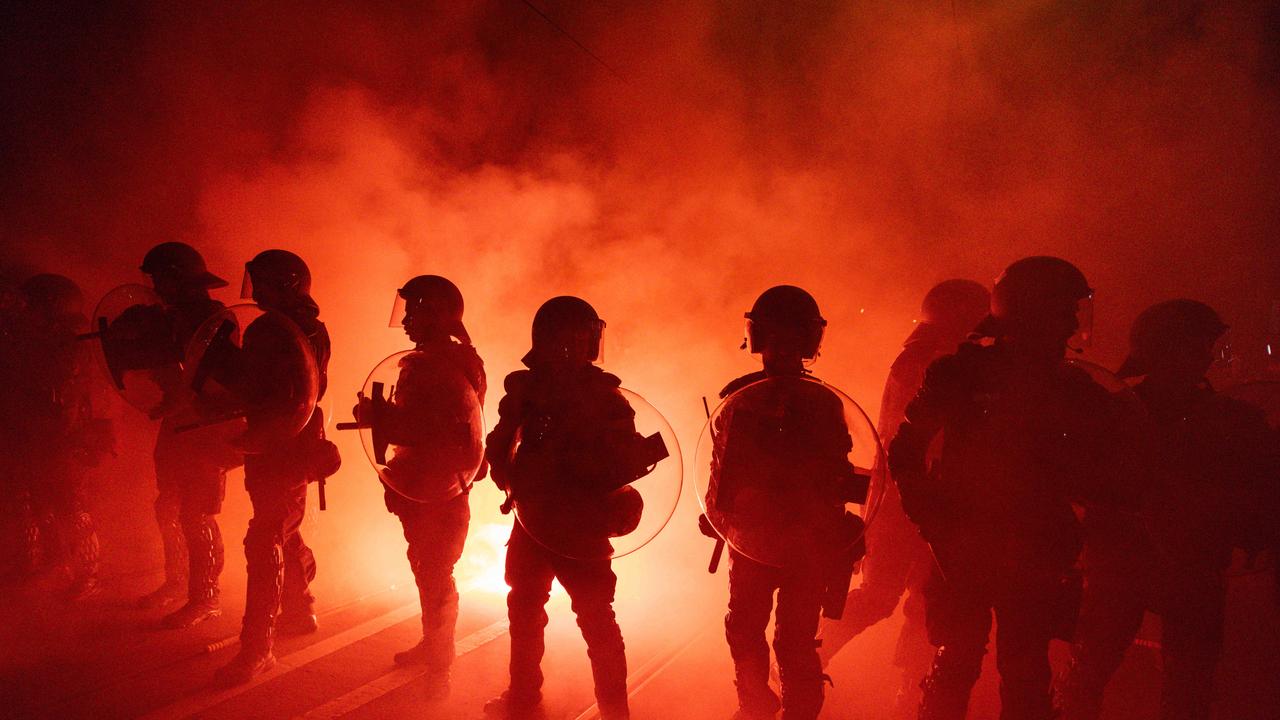Lockdown Kids: Aussie children still struggling to attend school
There’s also an additional 80,000 “ghost children” who have completely vanished from the education system. This mum-of-two shares why she can’t get her son back in the classroom.
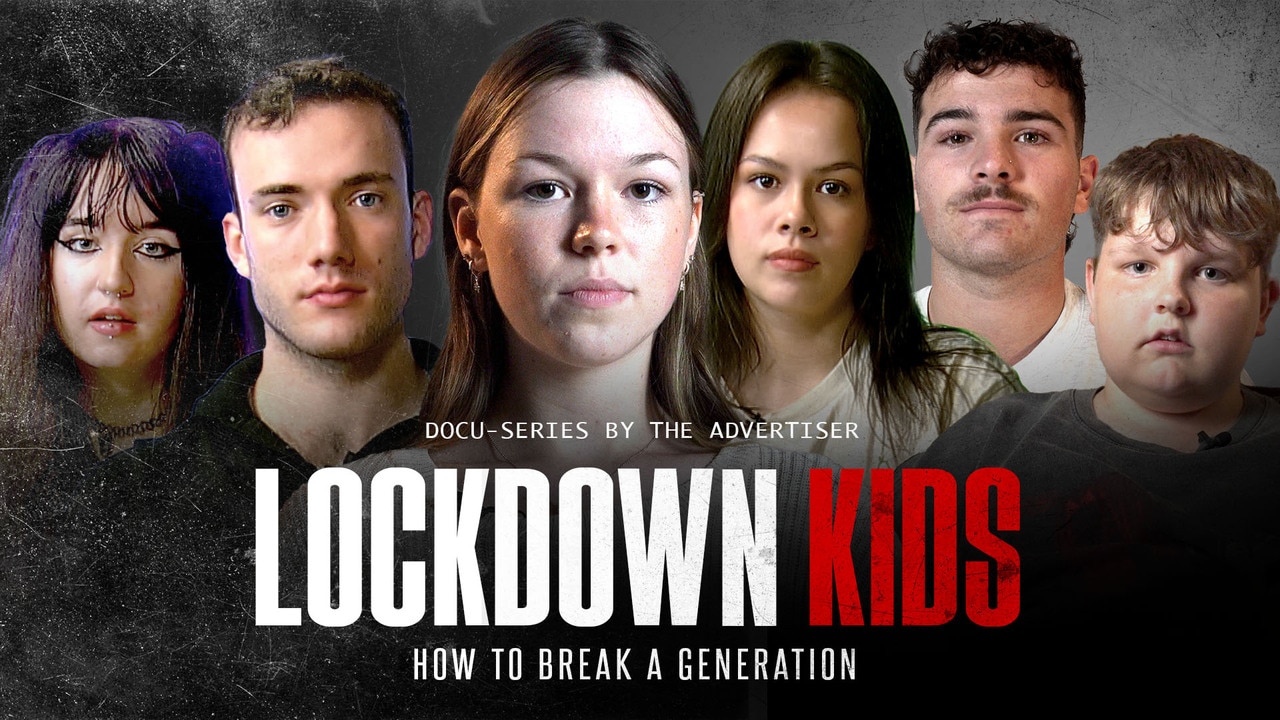
News
Don't miss out on the headlines from News. Followed categories will be added to My News.
It’s the worst figure in ten years, with almost half a million children skipping school regularly across Australia in what is one of the most startling long-term impacts of Covid-19 lockdowns.
New figures also show that two in 10 teenagers are dropping out before year 12, and there’s an estimated 80,000 kids totally missing from the education system.
These shocking statistics come to light as News Corp delves into the long-term impacts of lockdown on the nation’s children in its four-part docu-series Lockdown Kids: How To Break a Generation.
In day two of the series, several distressed parents from across the country share their fear and concern as they struggle to get their kids back into full-time learning.
One of those is Karina Harcourt. Her son Sam, who was nine during the first lockdown, went from being a sport-loving “popular kid” at an elite private school in Melbourne to a “very introverted” young boy who refused to go to school.
“The nice approach. The tough approach. The empathetic approach. I’ve tried everything and nothing is working,” she said. Watch the episode above to hear her harrowing experience navigating school refusal with Sam, now 14.
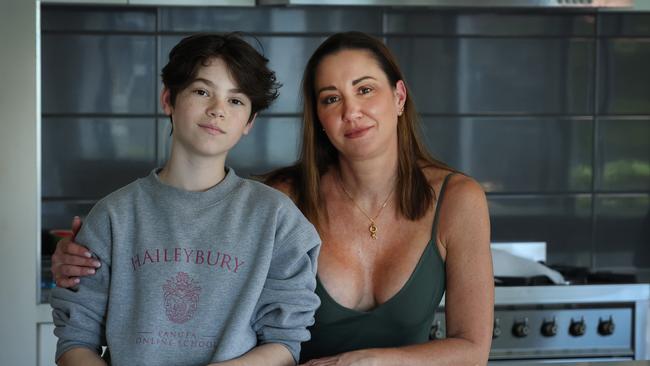
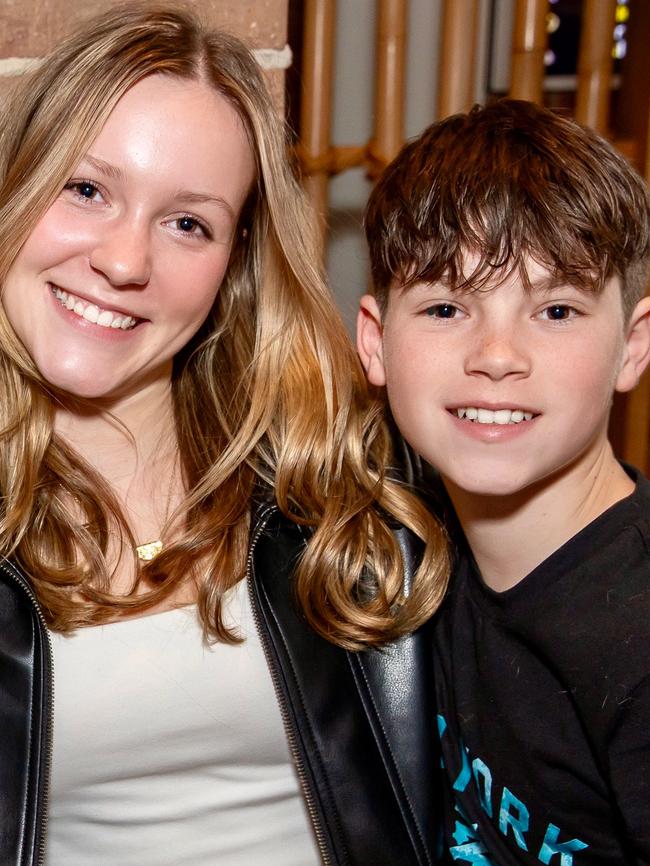

Read more: ‘I haven’t got my kids back into school since the covid lockdowns’
So what exactly is school refusal? Richard Crawshaw is a former teacher who now specialises in helping education departments and schools across Australia to get kids back into the classroom.
He explained how school refusal is largely misunderstood and incredibly complex, and in his Can’t Face School organisation he sees parents frequently feeling shame and guilt that they can’t get their children to attend school.
“We had children in lockdown for prolonged periods and what we’re seeing now is a rise in school refusal in every state across the country,” Mr Crawshaw shared.
“It’s not a case of just not wanting to go to school. These children actually can’t go to school. They will often have physical reactions like stomach aches, panic attacks and in some cases, they can even become violent.”
Concerningly, school refusal is getting worse rather than better. Attendance rates recently released by the Australian Curriculum, Assessment and Reporting Authority (ACARA) show that just over 483,000 children enrolled in the education system last year attended less than 89% of student days.
Public schools are most affected, with attendance declining from Year 8 into Year 10. And while 33.5% of students in the Northern Territory had lower than recommended attendance rates, it’s hardly a fairer story in the eastern states, with 19.6% of NSW students, 18.5% of Queensland children and 16.9% in Victorian falling into the part-timers pool.
The findings echo a report released by the Productivity Commission last month, which found that outside of 2022 when schools were slowly re-opening across the country, school attendance rates have fallen to a 10-year low. And only 73% children are completing Year 12.
Megan O’Connell from the University of Melbourne has been researching the long-term impacts of Covid lockdowns and school attendance.
She told The Advertiser there is also a worrying level of kids who failed to return to the education system after the pandemic, dubbed “ghost children” after vanishing into thin air.
“There’s an estimated 80,000 children currently not enrolled in the education system,” she added. “It’s a concerning number.”
School refusal has become a political hot potato. Labor was last year accused of throwing the issue into the “too-hard basket” after a 2022 inquiry, launched by the Greens, made 14 proposals but only two were supported.
When the The Advertiser asked education minister, Jason Clare, about future plans to tackle plummeting attendance rates and a rise in high school drops outs, he said: “If kids aren’t in the classroom, they are not learning. It’s crucial that we turn this around.”
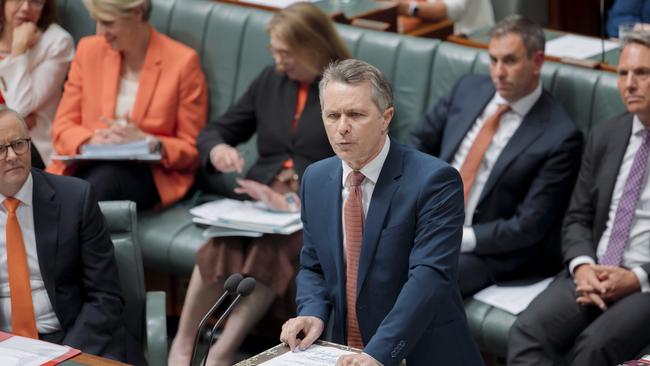
He explained that new school funding deals were already secured for all states except for NSW and Queensland, with an attendance rate goal of 91.4% by 2030.
He added that the new funding is “tied to real, practical reforms to help children catch up, keep up and finish school”.
But Ms Harcourt states it’s parents like her who feel like they are cleaning up the mess of the pandemic lockdowns with very little support. “It’s heartbreaking,” she added.
Have you or anyone you know been impacted by school refusal? You can share your story by clicking this form.
WATCH EPISODE 1
• ‘Never got easier’: The Aussie kids still battling post-lockdown anxiety
• ‘I rang and rang’: Family’s stark warning over daughter’s death
Coming tomorrow: Lockdown Kids: How To Break a Generation will delve into spiking levels of anorexia in Australia.





